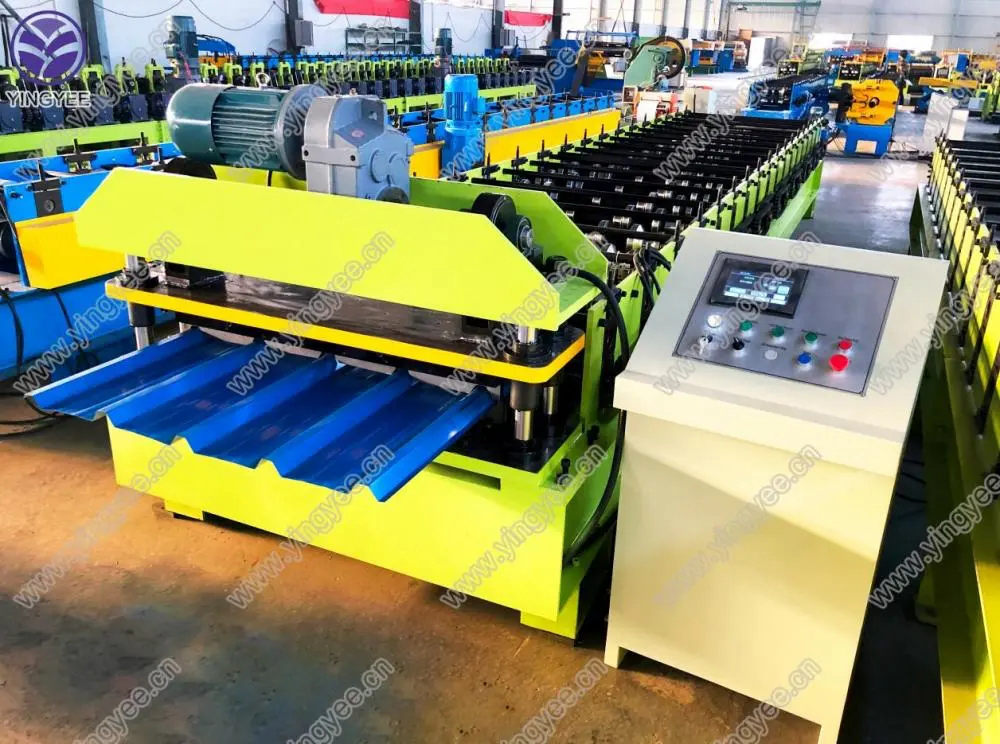
Understanding the Price of Roll Forming Machines Key Factors and Insights
Roll forming machines are specialized equipment used in the manufacturing process to create metal components with a consistent cross-sectional profile. These machines play a vital role in producing a variety of products, such as roofing panels, gutters, and structural components. If you're in the market for a roll forming machine, understanding the factors that influence its price is crucial. This article explores the various elements that contribute to the pricing of roll forming machines and how to navigate the purchasing process effectively.
Key Factors Affecting Roll Forming Machine Prices
1. Machine Specifications The price of a roll forming machine significantly differs based on its specifications. High-output machines designed for mass production come at a premium price. Factors such as the material thickness, width, and complexity of the profiles being produced all play a part. Custom designs and the ability to produce multiple profiles typically increase the machine's cost.
Understanding the Price of Roll Forming Machines Key Factors and Insights
3. Material and Build Quality The materials used in the construction of a roll forming machine, such as the quality of steel and components, contribute significantly to its price. Machines made from high-strength alloys and premium parts typically offer better longevity and performance, thus commanding higher prices. When evaluating options, it's essential to consider the machine's durability and maintenance requirements as a cost-saving factor in the long run.

4. Manufacturer Reputation The reputation and experience of the manufacturer also influence the pricing of roll forming machines. Established manufacturers with a proven track record tend to charge more for their machines, reflecting their commitment to quality and reliability. Purchasing from a reputable company often means better customer support, possibly more advanced features, and a warranty, which can be invaluable when dealing with equipment malfunctions.
5. Market Demand and Economic Factors The economic climate and demand for roll forming machines can fluctuate, impacting their prices. During periods of high demand, prices tend to increase, while economic downturns may lead to discounts or lower prices due to reduced demand. Being aware of market trends can help buyers identify the right time to invest in a roll forming machine.
6. Customization and Additional Features Many manufacturers offer customization options that can affect the price of roll forming machines. Buyers may choose to add features such as quick-change tooling systems, enhanced safety devices, or software upgrades for better production tracking. Each additional feature can raise the base price, but can also provide greater efficiency and output.
7. Shipping and Installation Costs The cost of shipping and installation should not be overlooked when budgeting for a roll forming machine. Depending on the equipment's size and weight, shipping costs can be substantial. Additionally, professional installation is often advisable to ensure the machine operates correctly, adding to the overall expenditure.
Conclusion
When considering a roll forming machine purchase, it’s essential to evaluate not only the initial price but also the long-term value it will deliver. Understanding the various factors that influence pricing—such as machine specifications, technological integration, materials, and manufacturer reputation—will equip you with the knowledge to make an informed decision. While the cost of a roll forming machine can vary significantly, investing wisely can lead to increased production efficiency and reduced operational costs in the future. Always take the time to research multiple options and consult with experts in the field to ensure you choose the best machine for your manufacturing needs.